
What truly matters is creating a nurturing environment where Arabic literature becomes an integral part of your family’s daily life. Whether you’re maintaining your heritage language or introducing Arabic as a second language, a thoughtfully curated collection can transform how your children connect with this beautiful language.

Quality trumps quantity every single time when building your home Arabic library. Rather than overwhelming yourself with dozens of books that might sit untouched, focus on selecting ten to twelve carefully chosen titles that will genuinely engage your children.
Think strategically about your selections: include beloved stories your child already knows in English, alongside fresh Arabic titles that gently challenge their language skills. This balanced approach creates a collection that feels both comfortingly familiar and delightfully adventurous.
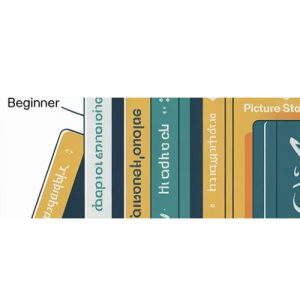
Simple readers that reinforce Arabic letters and harakat, building essential decoding skills with engaging, age appropriate content.
Richly illustrated stories that expand vocabulary whilst introducing cultural contexts and deeper narrative structures.
Slightly challenging texts that your child can “grow into,” ensuring your library investment remains valuable over time.

The Gulf region offers spectacular opportunities for book discovery that many families overlook. The Sharjah International Book Fair and Emirates Airline Festival of Literature showcase incredible Arabic publishers with substantial discounts that make quality literature surprisingly affordable.
These cultural events provide more than just shopping opportunities – they’re educational experiences where children can meet authors, attend storytelling sessions, and develop genuine excitement about Arabic literature. For families new to Arabic books, these curated selections offer expert guidance you simply cannot find online.
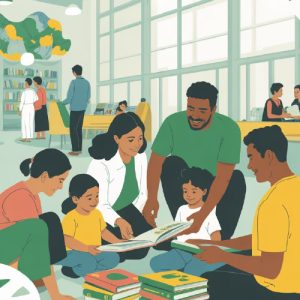
Creating a home library doesn’t have to be a solitary endeavour. Organising book swaps with fellow parents transforms library building into a delightful community activity that benefits everyone involved.
Reach out to Arabic-speaking families in your area for regular book exchanges.
Coordinate swaps through your children’s school parent groups and cultural societies.
Regular circulation ensures children encounter new stories without constant purchasing.
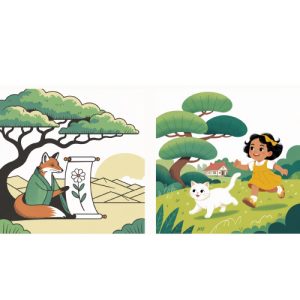
Include beloved classics like Kalila wa Dimna and Sinbad’s adventures that connect children to their rich literary heritage whilst reinforcing cultural identity.
Balance tradition with contemporary stories featuring modern illustrations and relevant themes that show Arabic as a living, evolving language.
This combination demonstrates that Arabic literature is both historically significant and vibrantly alive in today’s world.
Arabic books about space, animals, and inventions connect language learning with natural curiosity and school subjects.
Non-fiction titles about different countries and cultures broaden worldview whilst building vocabulary.
Creative activity books in Arabic combine hands-on learning with language practice in engaging ways.

Transform a simple corner of your home into a magical reading retreat that makes Arabic books irresistible to young readers. Even the smallest space can become extraordinary with thoughtful touches.
Select a quiet corner with natural light and comfortable seating options.
Include soft cushions, a gentle lamp, and perhaps a small blanket for cosy reading sessions.
Label your book collection Our Little Library to establish ownership and pride.
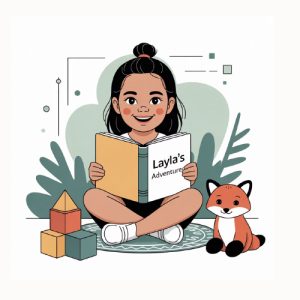
Personalisation transforms a simple book collection into a treasured family resource. Seek out titles featuring your child’s name, your city, or familiar cultural traditions.
For families maintaining their Arabic heritage, these personal connections strengthen cultural pride. For families learning Arabic as a second language, personalised books create meaningful bridges into understanding local culture and traditions.
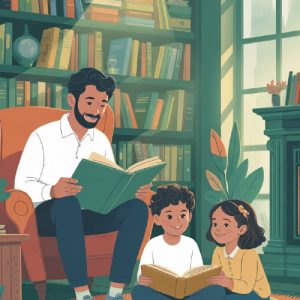
A home library succeeds not through its size, but through its intentionality. A carefully chosen collection of Arabic books demonstrates that Arabic isn’t merely a school subject – it’s a living part of daily life, cultural heritage, and family joy.
Remember: Your Arabic home library is an investment in your children’s linguistic future and cultural connection. Start small, choose thoughtfully, and watch as Arabic naturally weaves itself into your family’s story.